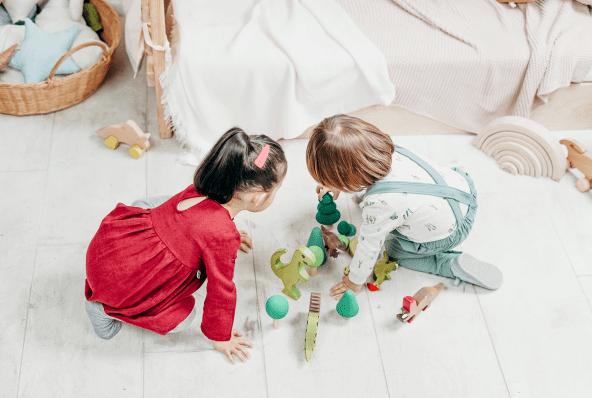
Guidelines for school leaders and educators in transitioning to remote learning
- Categories Blog
- Date November 20, 2021
Learnings from Giftolexia’s Phonics based Reading Program.
Online teaching and learning maybe the new normal at least for some time now. We would like to share our learnings from our online sessions. Students looked forward to their daily session with us .One student even requested us to make our sessions earlier in the day as he did not want to wait. Both parents and students were very appreciative of the content, the format ,delivery, engagement model with students and after class activities.
Yes, online teaching poses some challenges but it also offers huge opportunities that you may not have in a regular class room. If you try to replicate your regular class room content and format it may not work very well.
The need for training and preparedness of the teacher cannot be stressed enough. The instructor was well trained in the technical tool so that technical glitches are minimum. We conducted practice sessions with students to test our assumptions regarding the digital attention span of children in the age group, different engagement models that would work, if the content and delivery formats were appropriate both in terms of learning and outcomes. Parent and student feedbacks were taken and the learnings were incorporated in our final session plans.
A detailed note to parents on the tech tool being used, how to download and use, class etiquette, precautions, expectation from student etc. were shared with each parent. We had a short conversation with parents before the start of the first session to clarify the learning outcome expectations and also to reiterate the ‘rules.
The sessions were conducted at the same time every day. The duration was forty-five minutes and the actual learning part was restricted to 30 to 35 minutes each day. The sessions were planned in such a way that the learning complexity had a smooth progression.
Each session had an introductory part where the day’s sound was introduced through a song. The instructor sang and played the Ukulele.
Then we would move to learning the sound of the letter. Focus was on the physical aspect of producing the letter sound. Students were made to practise the sounds. This will be followed by a short physical activity where children were asked to stand or turn around for a given sound. Some days children formed teams and each team had to come up with words with a given sound ,or identify the letter related to a sound. This is an activity that got maximum student engagement.
A two- or three-minute video was played mid -session to refresh their minds. These videos were carefully curated and edited. The favourite was about Baron the dog that visits schools in Australia and how children read to the dog.
The engagement with students and parents continued even after the session. Students were given some practice guidelines, this could be work sheet or a video to practice the sounds. The videos were highly appreciated by the parents as it gave them an opportunity to refresh their phonic skills.
Our final session was a one on one with the students along with their parents. This helped us connect back with the parents at an individual level, assess the progress of the student and take inputs from them. We were glad to note all the students had made good progress and the parents were eager to know about the dates for our next session.
You may also like
A common myth associated with dyslexia is that it hinders success; people believe that a person with dyslexia cannot attain professional or personal success, and that their dyslexic abilities, no matter how significant, won’t be able to help them stand …

Brushing it under the carpet


